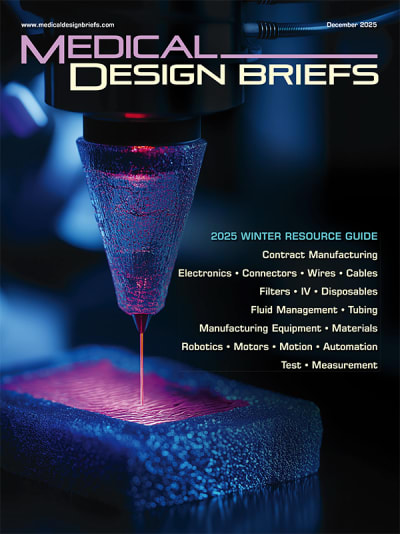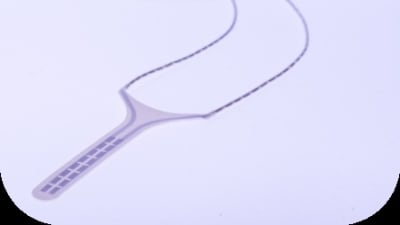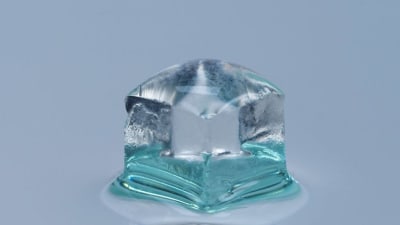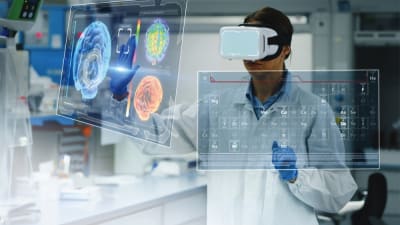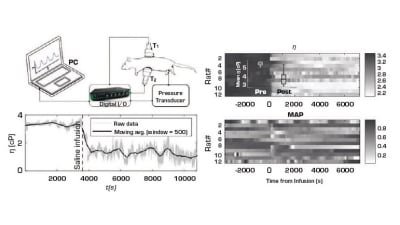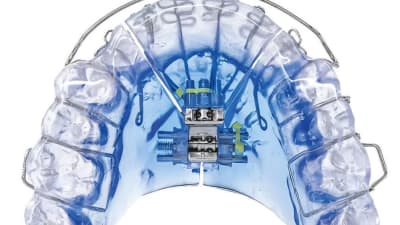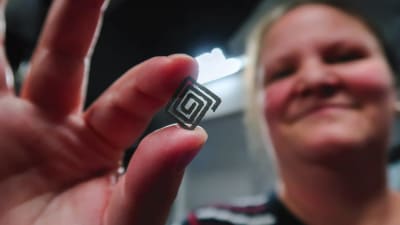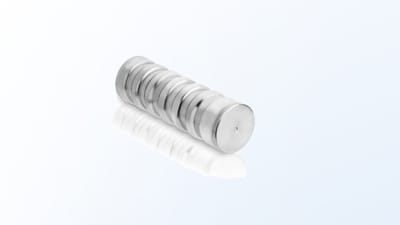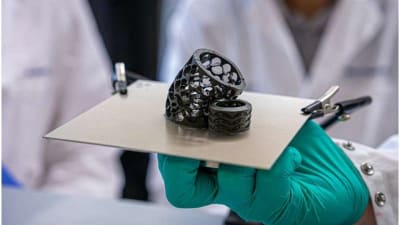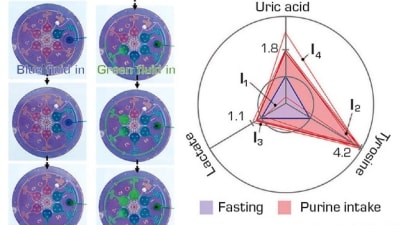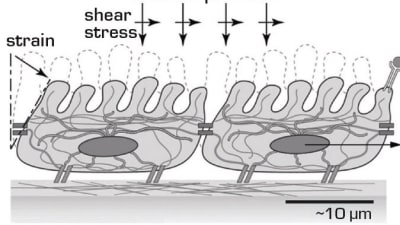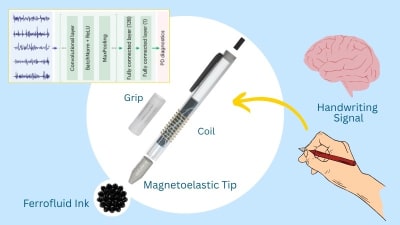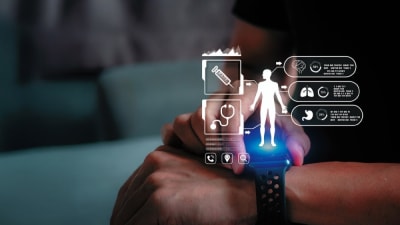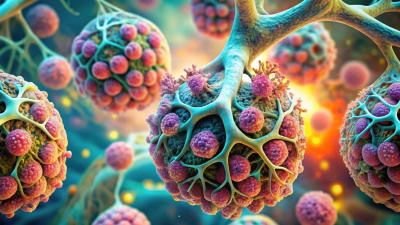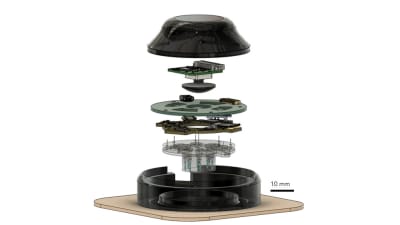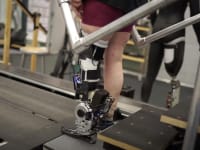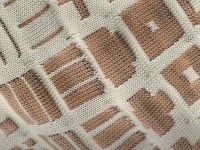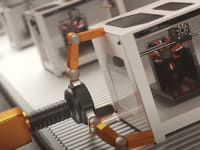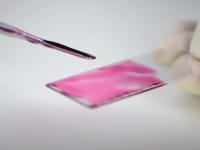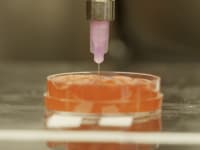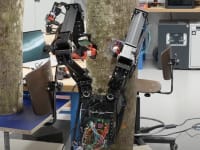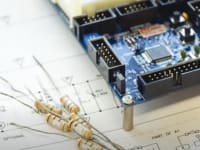Stories
INSIDER: Medical
On-Demand Webinars: Medical
Products: Medical
Features: Medical
Features: Design
Products: Medical
Global Innovations: Materials
From the Editor: Medical
Products: Medical
Products: Software
Briefs: Medical
Briefs: Sensors/Data Acquisition
Briefs: Nanotechnology
Briefs: Tubing & Extrusion
Briefs: Data Acquisition
Briefs: Medical
R&D: Medical
R&D: Wearables
R&D: Photonics/Optics
R&D: Wearables
R&D: AR/AI
R&D: Medical
Features: Manufacturing & Prototyping
Features: Medical
Features: Medical
Trivia: Wearables
INSIDER: Design
News: Manufacturing & Prototyping
Top Stories
INSIDER: Medical
Brain Implant Enables Safer Drug Delivery
INSIDER: Sensors/Data Acquisition
Pill-Sized Bioprinter Can Be Guided to Disease Site
Products: Wearables
INSIDER: Medical
Wireless Patch Enables Early Cancer Detection
INSIDER: Medical
Boston Scientific to Acquire Nalu Medical, Inc.
Features: Wearables
The Promise and Challenge of On-Body Biosensors: A Perspective on Clinical...
Ask the Expert
Eric Dietsch on the Benefits of Nitinol Wire

In collaboration with the Fort Wayne Metals Engineering team, Eric Dietsch focuses on supporting customers with material recommendations, product development, and education. Eric is available to help you and your company with any Nitinol-related questions or needs that you may have.
Webcasts
 Podcasts: Design
Podcasts: Design
Developing Sustainable Drug-Delivery Devices
 Podcasts: Medical
Podcasts: Medical
Smarter Pathways for Precision Drug Delivery in Cancer Care
 On-Demand Webinars: Connectivity
On-Demand Webinars: Connectivity
Understanding Testing and Compliance Requirements for Wireless Medical Devices
 Podcasts: Medical
Podcasts: Medical
Personalized Medicine and Drug Delivery
 Podcasts: Manufacturing & Prototyping
Podcasts: Manufacturing & Prototyping
Material Science Innovations for Medical Devices
 Podcasts: AR/AI
Podcasts: AR/AI
Automation, Robotics, and AI Integration in Medical Manufacturing
Inside Story
Inside Story: Trends in Packaging and Sterilization

Eurofins Medical Device Testing (MDT) provides a full scope of testing services. In this interview, Eurofins’ experts, Sunny Modi, PhD, Director of Package Testing; and Elizabeth Sydnor, Director of Microbiology; answer common questions on medical device packaging and sterilization.
